The First Digital Computer Animation in a Feature Film
When Stanley Kubrick's 2001: A Space Odyssey premiered in 1968, it wasn’t just a cinematic event, it was a prophecy. A hypnotic, operatic vision of humanity's future and artificial intelligence. But buried inside its sprawling philosophical canvas is something quieter, smaller, yet just as historic: The first digital computer animation ever used in a feature film.
Blink and you might miss it. In a few shots, vector-graphic displays appear on the onboard computer screens of the spaceship. These wireframe animations, minimal and technical, represented Earth-to-orbit trajectories and docking maneuvers, the language of machines visualized for man. They weren’t plot devices. They were part of the world Kubrick built. And they were entirely computer-generated.
There were no shaders.
No textures.
No motion blur.
Just white lines on black screens.
But they were the first.
A computer didn’t just assist in the filmmaking, it created something inside the frame.
Five years later, Westworld (1973) would follow.
But 2001 got there first.
The future of visual effects didn’t begin with spectacle.
It began with a blinking dot, quietly convincing us the future was already here.




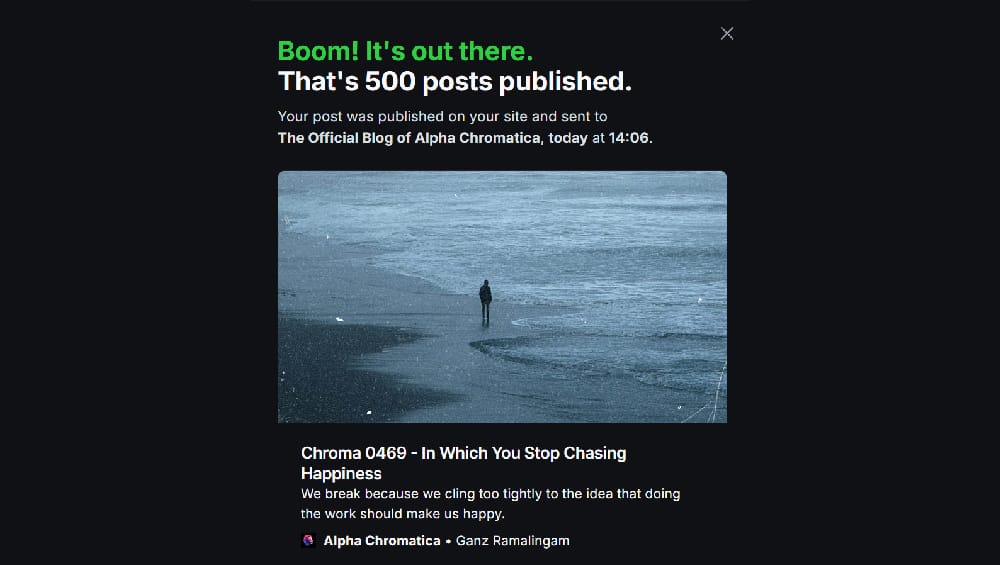

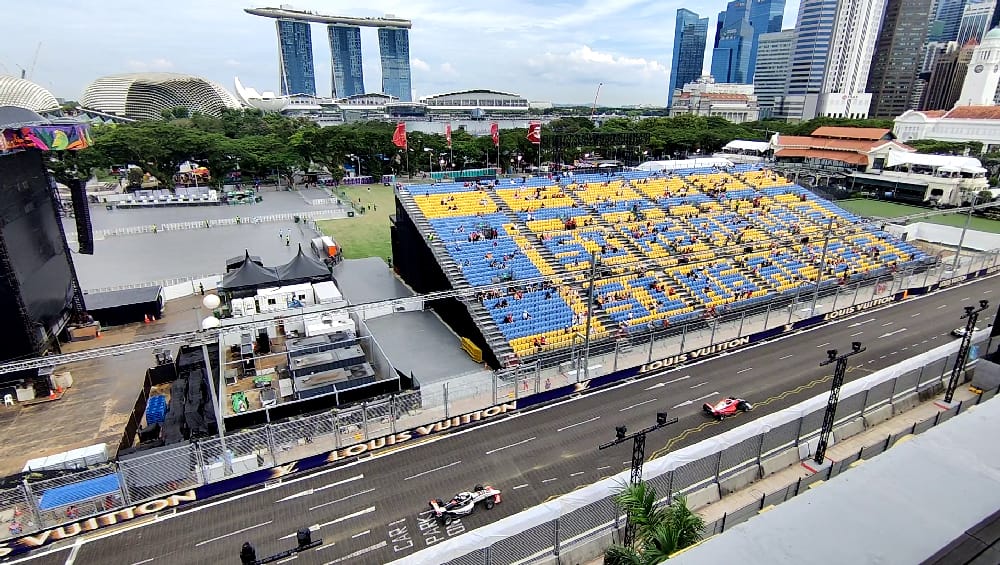


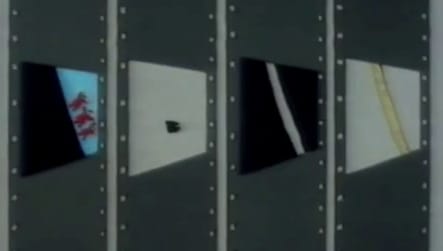
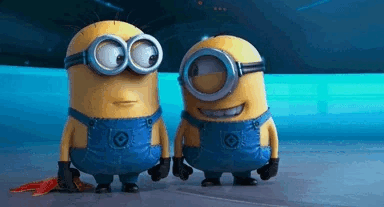
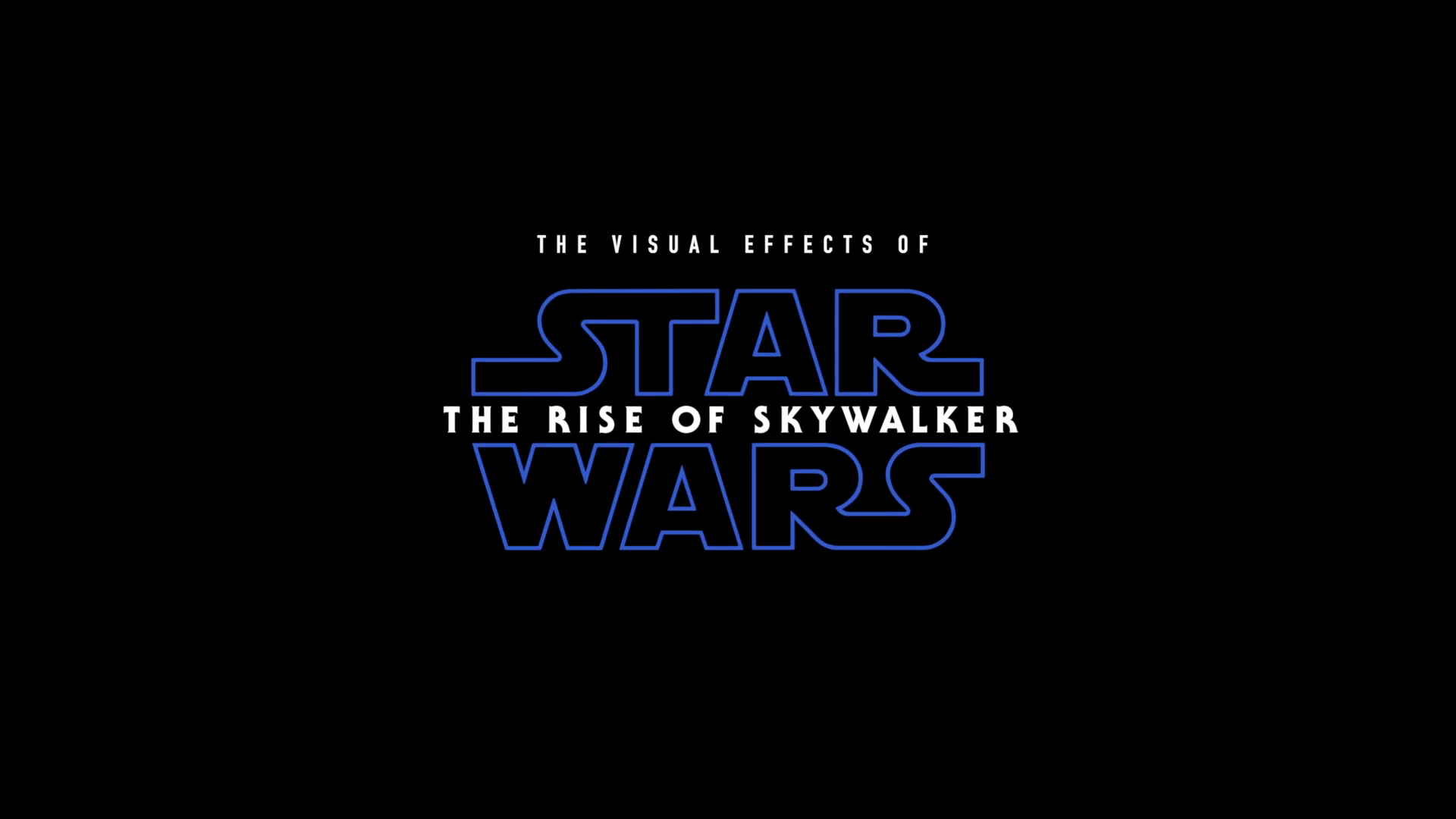
Discussion